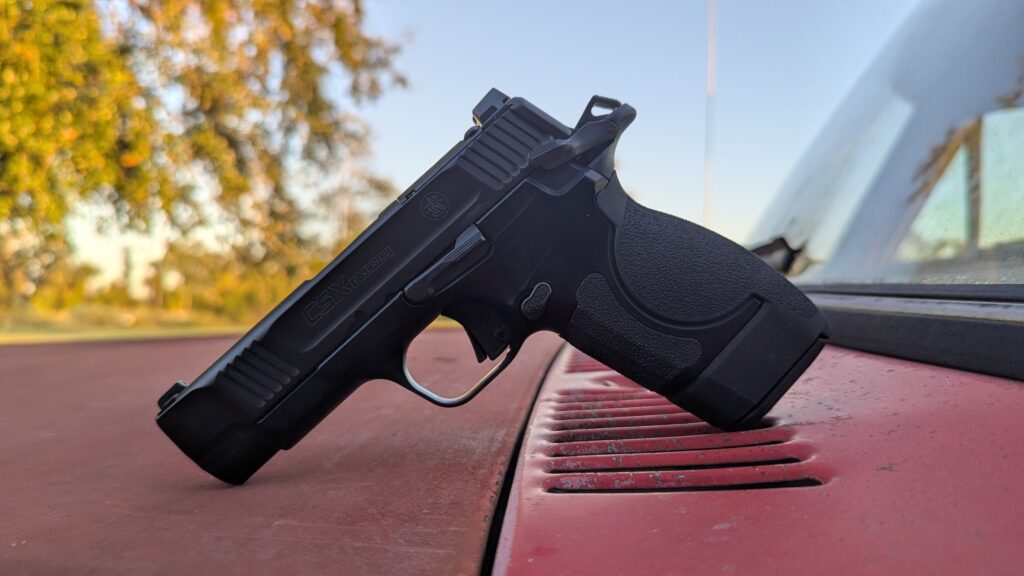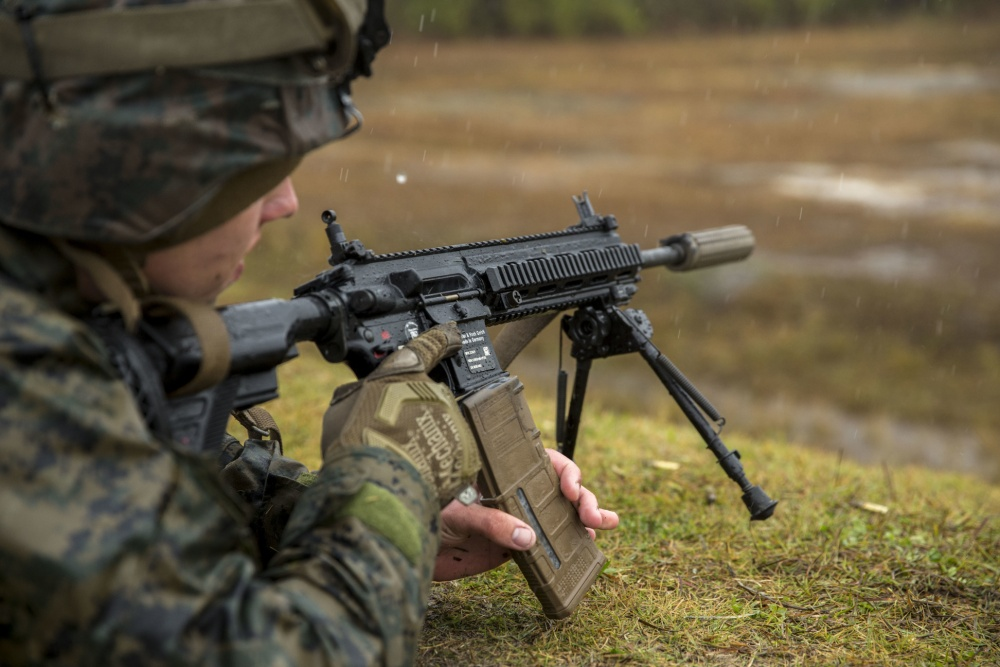When it comes to self-defense, it’s important to understand the concept of switches and timers. I’ve heard this discussed using other terms as well, but I’ve grown to like this approach to the topic the best.
In the real world, defense engagements don’t happen like they do in the movies. Between adrenaline and any number of other chemicals that might be floating through their bloodstream, even a bullet to center mass might not stop them. Don’t believe me? Check out any number of police-involved shooting videos online. They can fight through fatal wounds and injure or kill you while they’re going down.
In other words, you didn’t turn off a switch with your shot(s), you started a timer. On the other hand, there are targets on the body that you can exploit and sort of “switch off” those parts of the body nearly instantly. The trade-off is that those switches aren’t usually fatal.
Advertisement — Continue Reading Below
Switches

For the purposes of our discussion, a switch has two settings—on or off. On means all systems are normal, and the aggressor has full range of movement. Off means you’ve caused an immediate physical reaction where one or more body parts are no longer working properly. If you slice through their bicep muscle, they’ll have difficulty raising and using that arm. Take out a knee, and that leg will no longer support their weight.
Most often, with switch attacks, you’re targeting things like ligaments, muscles, and tendons. There are also nerves and nerve clusters that can have an immediate effect. You’re affecting mobility and function.
Advertisement — Continue Reading Below
However, while turning off a switch negatively impacts their ability to attack you and does so in a nearly instant manner, it doesn’t entirely eliminate it. For example, if you’re able to take one of their arms out of the equation, that doesn’t stop them in their tracks. They can still advance forward and use the other arm to swing or fire a weapon.
One of the advantages of using switch targets is that they are typically less than lethal. Depending on the threat level, that might be appropriate, as well as justifiable, from a legal perspective. The downside is this approach doesn’t decisively put the target down.
Timers

Advertisement — Continue Reading Below
With a timer target, you can cause a fatal injury, which will definitely serve to end the threat. But that injury isn’t likely to have an immediate effect on the attack. It takes time for it to have an appreciable impact. If you sever an artery, the target will bleed out, absent intervention. However, it doesn’t happen in an instant, and the entire time that they’re bleeding, your safety could still be in danger.
Typical timer targets include the circulation and respiratory systems. Something to keep in mind is that attacking timer targets means you’re using lethal force. If you are concerned about legal ramifications, be sure you can justify your actions.
There are a few targets in the human body that act as both timers and switches. Meaning they are both fatal and instant. There aren’t many of these combined targets but think spine and brain. Traumatic injuries to them are going to be decisive as well as probably permanent.
Advertisement — Continue Reading Below

At the end of the day, knowledge and training in the use of both switches and timers is advisable.
Advertisement — Continue Reading Below















